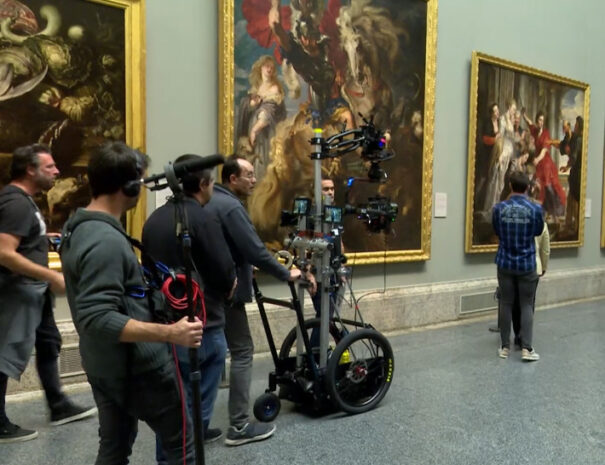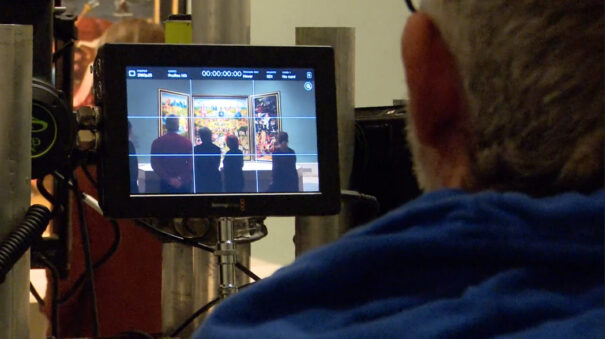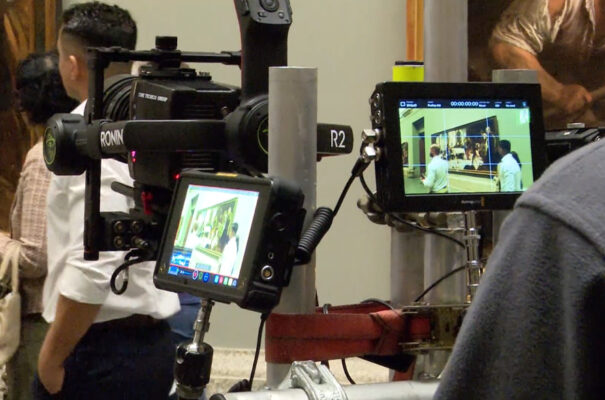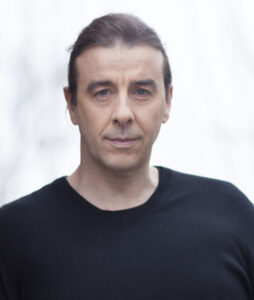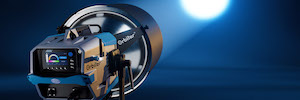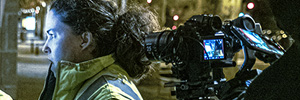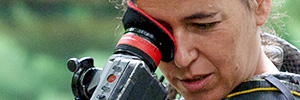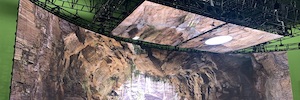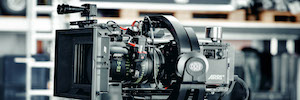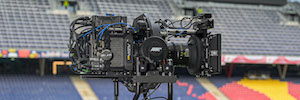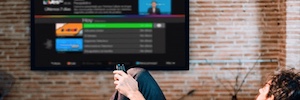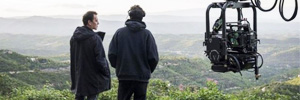How is a Slow TV program technically created?
Roberto Roldán, head of content at Henneo Factory, shares the technical keys that shape Slow TV, an emerging and disruptive format with the television nature itself.
The key ingredient of slow television or Slow TV is a uninterrupted timeline in which nothing is edited and everything is broadcast as it is happening. It is the viewer who decides contemplate the passage of time, acquiring awareness of it and abandoning your mind to a different experience.
The ideal is to portray a real time event so that the viewer has the feeling of attending the event, of being there, on the train, on the boat, or in the chosen setting. One might think, looking at the final result, that the production of a slow is something very simple.
That's a big first mistake.
Against unpredictability
Recording an experience slow in real time, where you never know what can happen, makes the technical decisions that you take when approaching the program are more than determinants for the good final result. We are talking about the production of an event that usually lasts several hours and where there is no possibility to stop and start again, so everything unforeseeable that can happen has to be studied, planned and tested.
Factory Henneo's experience in Slow TV has led us to record in the tractor cabin of a train for four hours, in a boat on the Ebro river, in a tour of the Prado Museum or in one ICU in the midst of the Covid pandemic. All different experiences that have confronted us with different technical problems. In each case we could say that the production has been personalized. It is essential to live the experience and decide which is the most suitable camera, the objectives, the type of lens, the stabilization system, the anchoring of the equipment, the storage system, the sound...
In case of The visit
The visit It is a tour of the Prado Museum. From the exterior, we enter the art gallery and begin a tour of the most important rooms of the museum. The tour includes, in addition to contemplating the works, going from one room to another or entering an elevator.
Previously, the challenges to face, starting with its duration estimate: almost three hours. All formatting was done in a sequence shot and they followed cinematographic standards, both in camera (optics) like in lightning. Under content criteria, we selected 55 works. The most characteristic of the museum: that is, those that most faithfully reflect the essence of a museum like El Prado.
At all times, the camera that recorded the documentary moved naturally through the museum's galleries, without disturbing the regular visitors on the day of filming. It was tried to make a real experience immersion of one more visitor in the Prado, even collecting the ambient sound: footsteps, murmurs, occasional comments from other visitors...
Another key was roadmap creation that the camera followed since its foray into the museum. Was this document a constant reference point, since it included in detail not only the camera path, but also the turns of this, the objects to be raffled (benches, sculptures, information panels...) placed inside the galleries and the temporary duration in each work, among other key data.
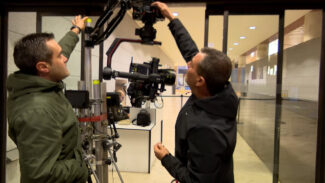 Technical challenges of The visit
Technical challenges of The visit
Already within the realization of the project, one of the main problems was the correct stabilization. To address this area, different technical possibilities found on the market were considered.
The first thing that was studied was the use of a steadicam, which was discarded due to the long duration of the effort required of the operator. Next, it was evaluated to carry it out through a three axis stabilizer, something that, although it reduced the cost of implementation (making this operation simpler), the technical team itself considered that would not be in line with the quality of the project.
The Prado Museum required a cinematic treatment suitable for the works that must be collected in images. We then proceeded to carry out a real research and development work, which resulted in the exclusive design and manufacturing of a mobile device for the realization work, which had the following objects:
- And German made pneumatic dolly, of which there is only a single unit in Spain, whose two wheels allowed precise turns. Furthermore, its small space made it possible to move between groups of people naturally. On the other hand, it fit into the volume available in the museum's elevator, essential to maintain the sequence plan between floors 0 and 1.
- About the aforementioned Dolly, they armed themselves three stabilizer systems, which stand out for being the highest quality available.
- Finally, the stabilizers served a cinema format camera. A ARRI Alexa Mini, the most suitable for the chosen stabilizing system, since the quality required by this type of filming was never lost. Likewise, optics were used that are among the best on the market and that allowed not only to record the subtlety of nuances of each Prado masterpiece, but also to maintain the colors and not aberrate any of the paintings.
Realistic television
The final result sought to bring us as faithfully as possible to reality, through a movement smooth, stylized, natural but not organic, and with a elegant robotic simulation.
Finally, there was final shoot. It was carried out following the established plan, in time real, as it was subsequently issued.
Thus, it was possible to overcome a challenge of first level within the audiovisual field, which has been recognized from different areas of the television sector and is called to be a reference in future projects related to the format Slow TV.
Roberto Roldan
Content Manager Henneo Factory.
Did you like this article?
Subscribe to our RSS feed and you won't miss anything.



